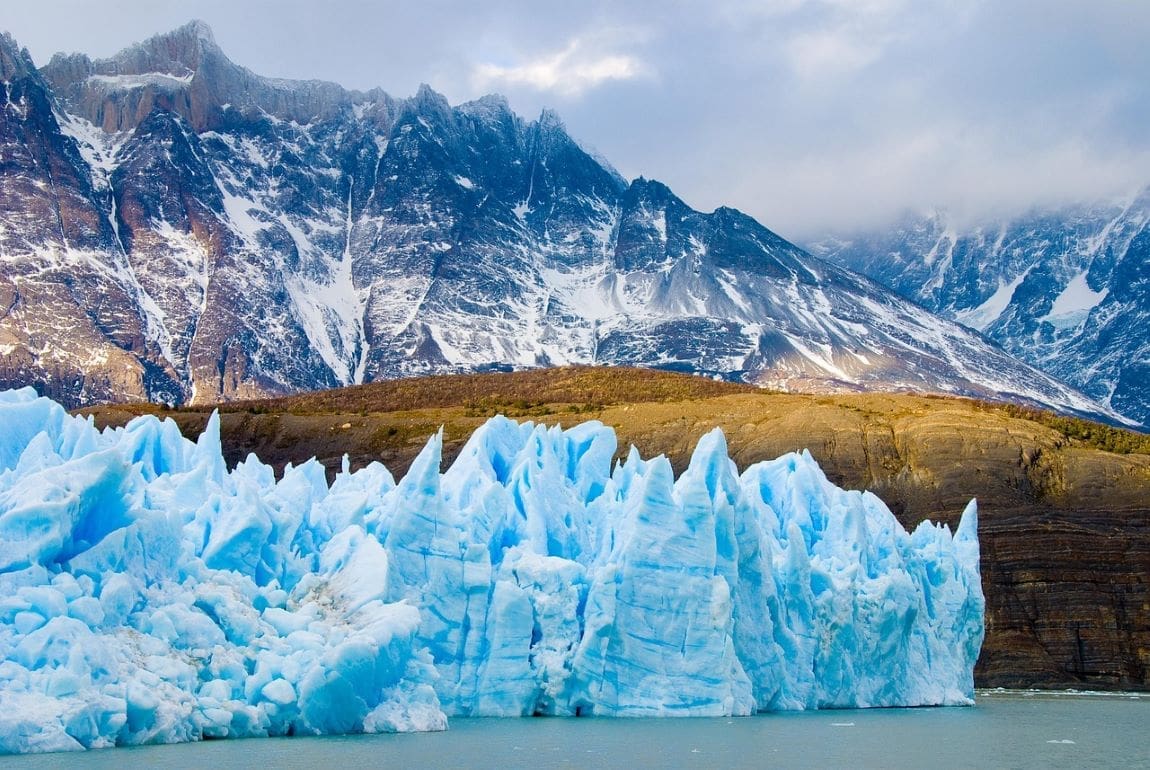Study uncovers nearly 1,700 viral species in ice cores, linking viral evolution to past climate changes.
A new study has unveiled the potential of ancient viruses preserved in glacial ice to shed light on historical climate changes. Researchers analyzing ice cores from the Guliya Glacier on the Tibetan Plateau have identified nearly 1,700 viral species, many of which were previously unknown to science. The findings suggest that these viruses played a role in their hosts’ adaptation to extreme weather conditions during different climatic periods.
The research, published in Nature Geoscience, was led by Dr. ZhiPing Zhong, a research associate at The Ohio State University’s Byrd Polar and Climate Research Center. Zhong’s team extracted viral DNA from ice cores taken from the Guliya Glacier, located over 20,000 feet above sea level, revealing a vast diversity of viruses, three-fourths of which were newly discovered. These viruses likely infected microbes rather than animals or humans, minimizing any direct health risks.
“Before this work, how viruses linked to large-scale changes in Earth’s climate had remained largely uninvestigated,“ said Zhong. The study provides a unique window into how microorganisms responded to the Earth’s climate transitions, particularly during the shift from the Last Glacial Stage to the warmer Holocene epoch around 11,500 years ago.
The research is particularly timely as global warming accelerates glacier melt, threatening to erase these valuable archives of Earth’s climate history. The ice cores examined in this study preserved pristine records of viral activity during three major cold-to-warm transitions over the last 41,000 years.
Advanced sequencing technologies allowed the researchers to identify the genetic signatures of these ancient viruses. While most of the viruses were unique to the Guliya Glacier, about a quarter shared similarities with known viruses from other regions, suggesting possible transportation from distant areas like the Middle East or the Arctic.
The study’s co-author, Lonnie Thompson, a professor of earth sciences at Ohio State University, emphasized the broader implications of this research. “To me, this science is a new tool that can answer basic climate questions that we couldn’t have answered otherwise,” he said. The techniques developed for this study could also have applications beyond Earth, potentially aiding in the search for life on other planets.
As the study notes, the race is on to further explore these viral and climatic connections before glacier melt compromises the ability to study them. The interdisciplinary approach taken by the research team, which involved collaboration between Ohio State’s Byrd Polar and Climate Research Center and the Center of Microbiome Science, was crucial to the study’s success.
“This kind of opportunity represents several disciplines coming together, each with their own scientific languages as a barrier to proceed,” said Matthew Sullivan, a co-author and professor of microbiology at Ohio State University.
***
The study was supported by several institutions, including the National Science Foundation and the Chinese Academy of Sciences, highlighting the global interest in understanding the links between ancient viruses and climate change.
Other co-authors include Ellen Mosley-Thompson, Olivier Zablocki, Yueh-Fen Li and Virginia Rich of Ohio State, as well as James Van Etten of the University of Nebraska.
Journal Reference:
Zhong, ZP., Zablocki, O., Li, YF. et al. ‘Glacier-preserved Tibetan Plateau viral community probably linked to warm–cold climate variations’, Nature Geoscience (2024). DOI: 10.1038/s41561-024-01508-z
Article Source:
Press Release/Material by Ohio State University
Featured image credit: LuisValiente | Pixabay




